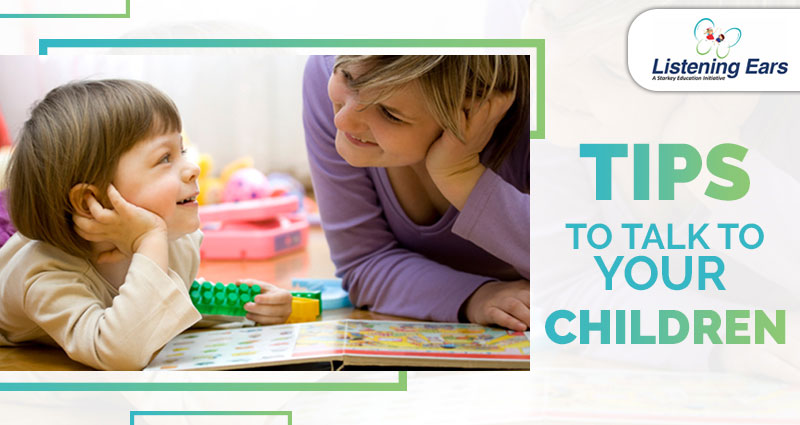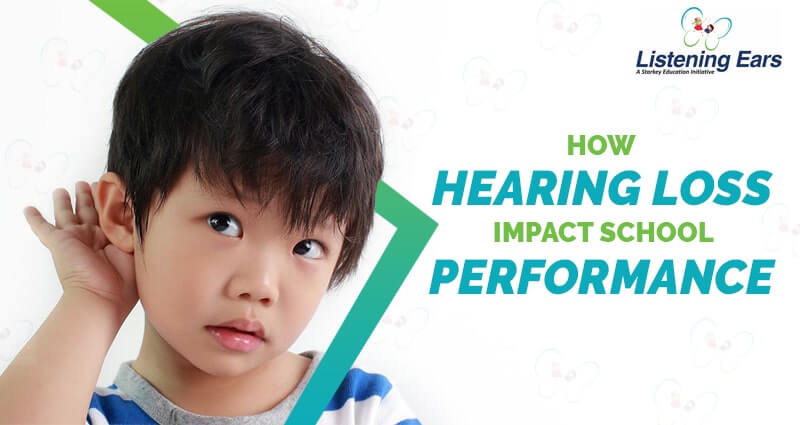Development of Auditory Behaviour in Fetus and Infants
Bone Anchored Hearing Aids
November 30, 2016AUDITORY PLASTICITY
December 8, 2016Auditory development in fetus:
The auditory system is complete and functional at birth but myelination continues for several years in the higher auditory pathways. Auditory development in the fetus and infant entails the structural parts of the ears that develop in the first 20 weeks of gestation (5months) and the neurosensory part of the auditory system develops primarily after 20 weeks’ gestational age. The auditory system becomes functional at around 25 week’s gestation (5months).
The cochlea of the middle ear and the auditory cortex in the temporal lobe are most important in the development of the auditory system. They are easily affected by the environment and care practices in the new-born intensive care unit (NICU).
The period from 25 week’s gestation to 5 to 6 months of age is most critical to the development of the neurosensory part of the auditory system. This is the time when the hair cells of the cochlea, the axons of the auditory nerve, and the neurons of the temporal lobe auditory cortex are tuned to receive signals of specific frequencies and intensities.
Unlike the visual system, the auditory system requires outside auditory stimulation. This needs to include speech, music, and meaningful sounds from the environment. The preterm as well as the term infant cannot recognize or discriminate meaningful sounds with background noise levels greater than 60 dB. The more intense the background noise, especially low frequency, the fewer specific frequencies (pitch) can be heard and used to tune the hair cells of the cochlea. Continuous exposure to loud background noise in the NICU or home will interfere with auditory development and especially frequency discrimination.
The initial stimulation of the auditory system (speech and music) needs to occur in utero or in the NICU to develop tonotopic columns in the auditory cortex and to have the critical tuning of the hair cells of the cochlea occur. The control of outside noise, the exposure to meaningful speech sounds and music, and the protection of sleep and sleep cycles, especially rapid eye movement sleep, are essential for healthy auditory development. The environment and care practices for the fetus in utero or the infant in the NICU are critical factors in the development of the auditory system.
Development of Auditory Behaviour in Fetus and Infants












